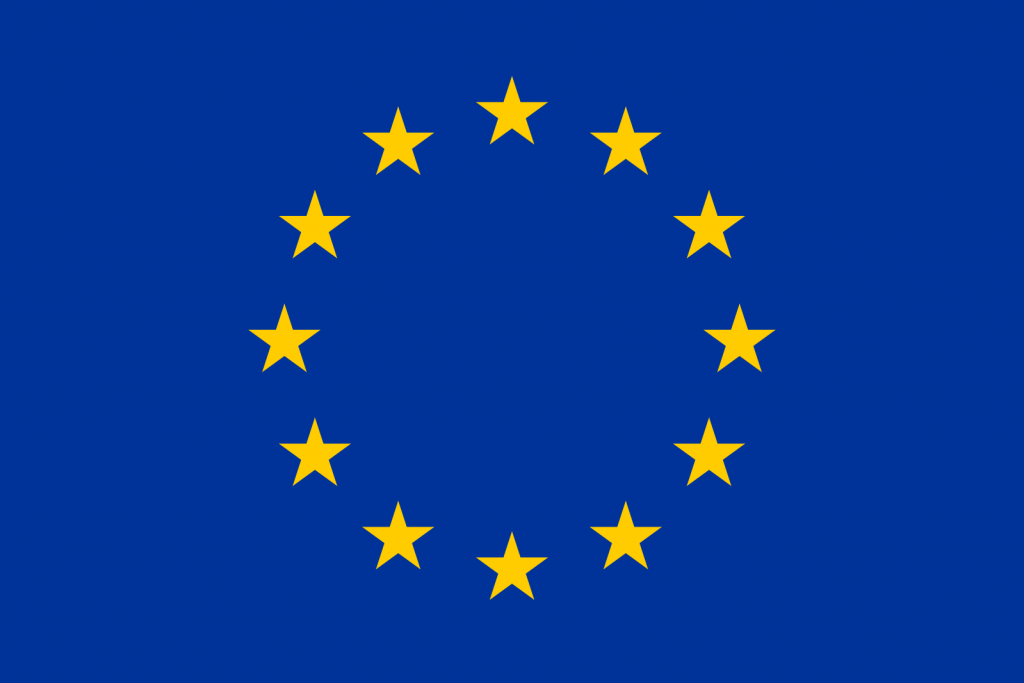The 'fuel' for SGP (Salinity Gradient Power) can be seawater and river water. This is also known as Blue Energy and is what the design of REDstack's pilot plant on the Afsluitdijk is based on. However, other combinations are also possible, such as seawater with much saltier solutions known as brine. The latter combination has the disadvantage of being less available than the combination sea plus river. The advantage, however, is that the conversion can be done more efficiently because both water streams are now relatively saline. As a result, electrical resistance in the stack is also low and the stack can then supply a relatively large amount of power.
The availability of the combination of sea plus brine appears to be fairly wide. Sometimes, these are natural sources such as the Dead Sea and Red Sea, but much more often, they are industrial residual flows that originate from desalination plants for seawater, for example. To investigate this further, a consortium was established, consisting of four (university) research institutes and six companies, including REDstack.
This resulted in the European Union-funded project called REAPower, which ran from 2010 to 2014. Together with Dutch and European partners, RED technology was optimised for the salt gradient between seawater or brackish water and brine. Within this project, REDstack has built the largest RED stacks in the world, which are being tested at a traditional sea salt mining company in Sicily.
www.reapower.eu
